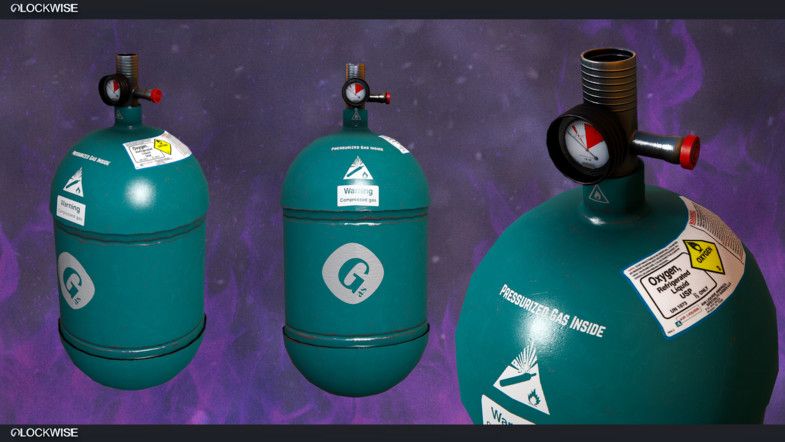Gas Props 101: How To Select, Install, And Maintain Them For Optimal Efficiency?

Gas props, also known as gas springs or gas struts, are versatile components used in various applications, from car hoods to office chairs. These handy devices help with lifting, lowering, and holding items in place. Understanding how to select, install, and maintain them is crucial for ensuring their efficiency and longevity.
Whether you’re replacing old props or looking to upgrade your system, this guide will walk you through the essentials.
What Are They and Why Do You Need Them?
Props are mechanical devices that use pressurized gas to provide force. They consist of a cylinder and a piston, with gas sealed inside that can be compressed or expanded. This design allows them to assist in lifting and supporting heavy loads, making them indispensable in many everyday items.
Imagine trying to lift a heavy hatchback door without the aid of a gas strut. It would be a struggle, right? Gas props make such tasks easier by providing the necessary force to move and hold objects smoothly. Whether it’s the trunk of your car, the lid of a toolbox, or a hatch door, props are there to make your life simpler.
Choosing the Right Gas Prop: Size Matters
When selecting props, size and force capacity are crucial. Here’s how to determine what you need:
- Measure the Stroke Length
The stroke length is the distance the prop travels when fully extended. Measure the distance between the mounting points in their fully extended and compressed states. This ensures you choose a prop with the right range of motion for your application.
- Determine the Force Required
Different applications require different levels of force. For example, the gas prop needed for a car trunk is different from that for an office chair. Check the weight of the object you want to support and match it with the force capacity of the prop. This information is usually available in the product specifications.
- Check the Mounting Points
Props are mounted using specific brackets or connectors. Ensure that the prop you select is compatible with your existing mounting points or that you can adapt it as needed. Proper mounting is essential for the prop to function correctly.
Installation Made Simple: Step-by-Step Guide
Installing props might seem tricky, but with the right approach, it’s quite straightforward. Follow these steps for a smooth installation process:
- Gather Your Tools
You’ll need basic tools like a wrench, screwdriver, and possibly a drill. Make sure you have the correct size tools for your prop’s mounting hardware.
- Remove the Old Prop
Carefully detach the old gas prop from its mounting points. It might help to support the object being held by the prop to prevent it from falling. Remove any screws or fasteners holding the old prop in place.
- Position the New Prop
Align the new prop with the mounting points. Ensure it’s positioned correctly according to the stroke length and force specifications. Some props come with specific installation instructions, so follow those for best results.
- Secure the Prop
Attach the new prop by securing the brackets or connectors. Tighten any screws or bolts, but be careful not to overtighten as this can damage the prop or the mounting points.
- Test the Installation
Gently test the prop by operating it through its range of motion. Make sure it functions smoothly and supports the load correctly. If everything works as expected, you’ve completed the installation successfully.
Maintaining Your Gas Props: Keep Them in Top Shape
Regular maintenance is key to extending the lifespan and efficiency of your gas props. Here’s how to keep them in good working order:
- Clean Regularly
Dust and dirt can accumulate on props, affecting their performance. Clean the surface of the prop regularly with a soft cloth. Avoid using harsh chemicals that might damage the prop or its components.
- Check for Leaks
Props are sealed units, but sometimes they can develop leaks. If you notice any oil or gas residue, it might indicate a problem. In such cases, replacing the prop is usually the best option.
- Inspect for Wear and Tear
Periodically inspect the prop for signs of wear and tear. Look for any cracks, dents, or other damage that might affect its performance. Address any issues promptly to avoid more significant problems.
- Ensure Proper Lubrication
Some props have internal lubrication that helps with smooth operation. If your prop requires lubrication, follow the manufacturer’s recommendations. Applying the wrong type or amount of lubricant can cause issues.
- Avoid Overloading
Props are designed to handle specific loads. Overloading can cause premature wear and reduce their efficiency. Stick to the weight limits specified for your prop to ensure it performs well over time.
With a bit of attention and care, your gas props will serve you well for years to come.








